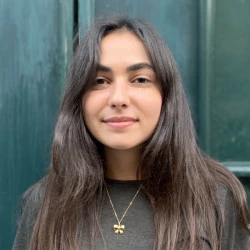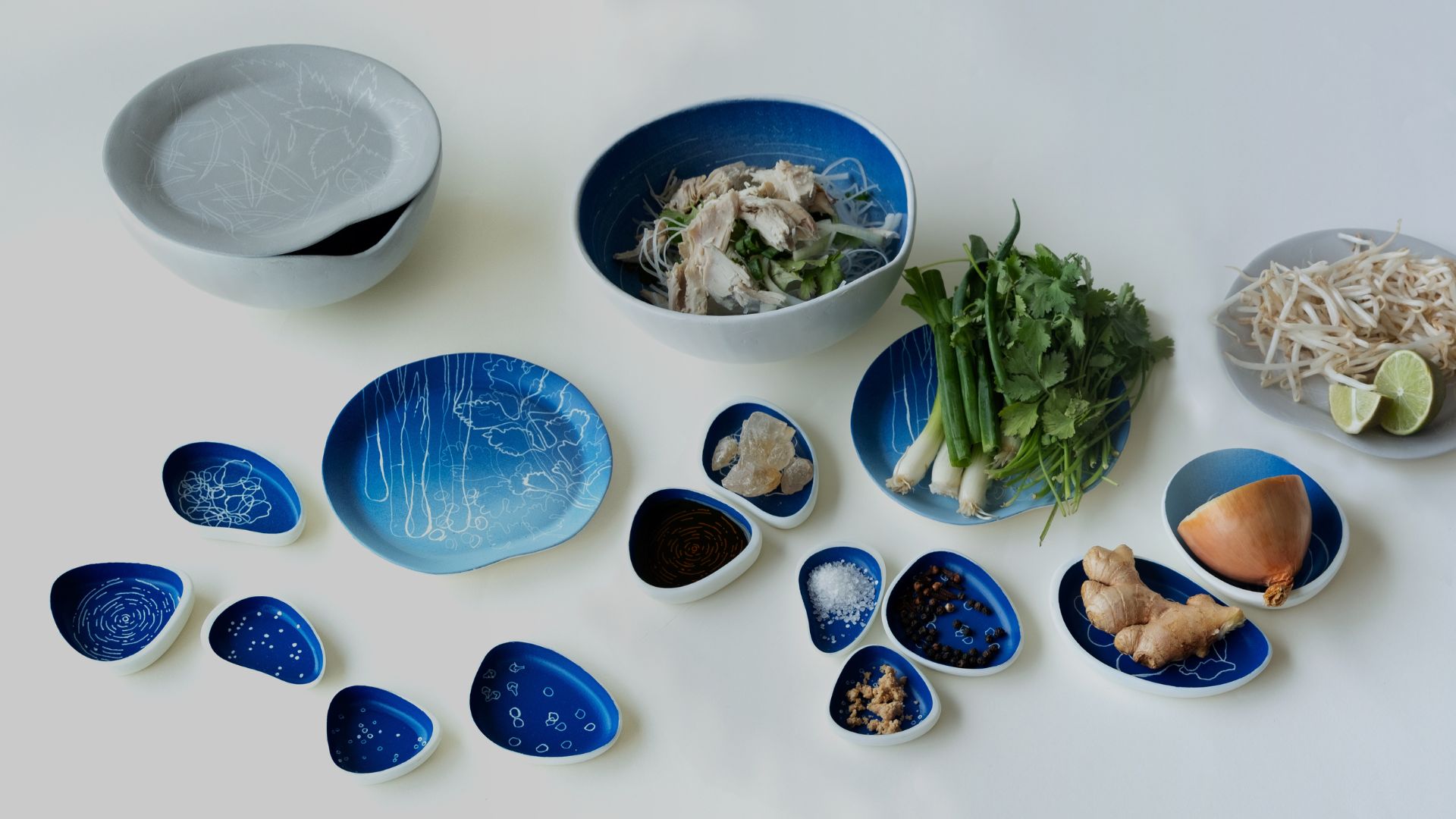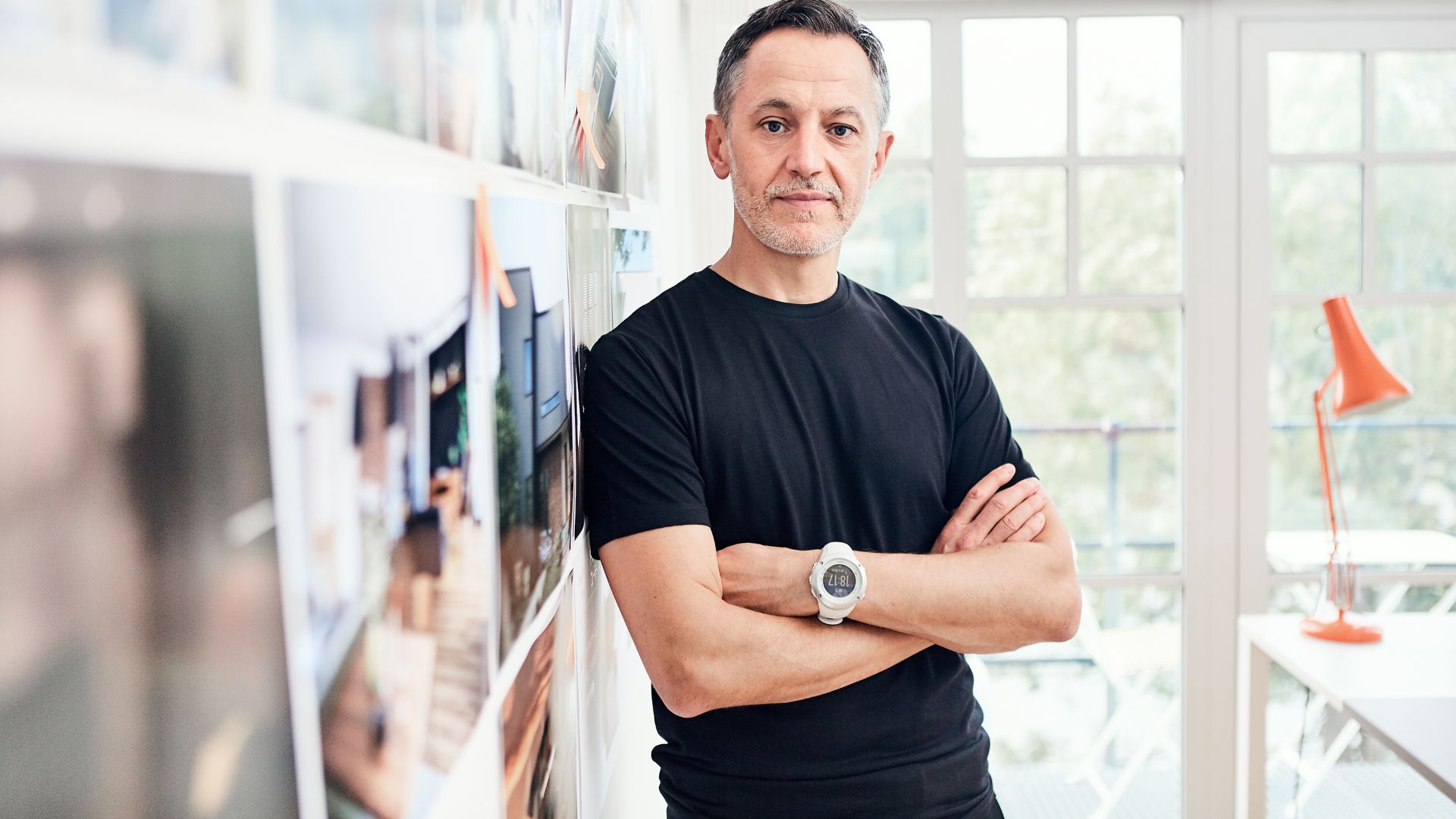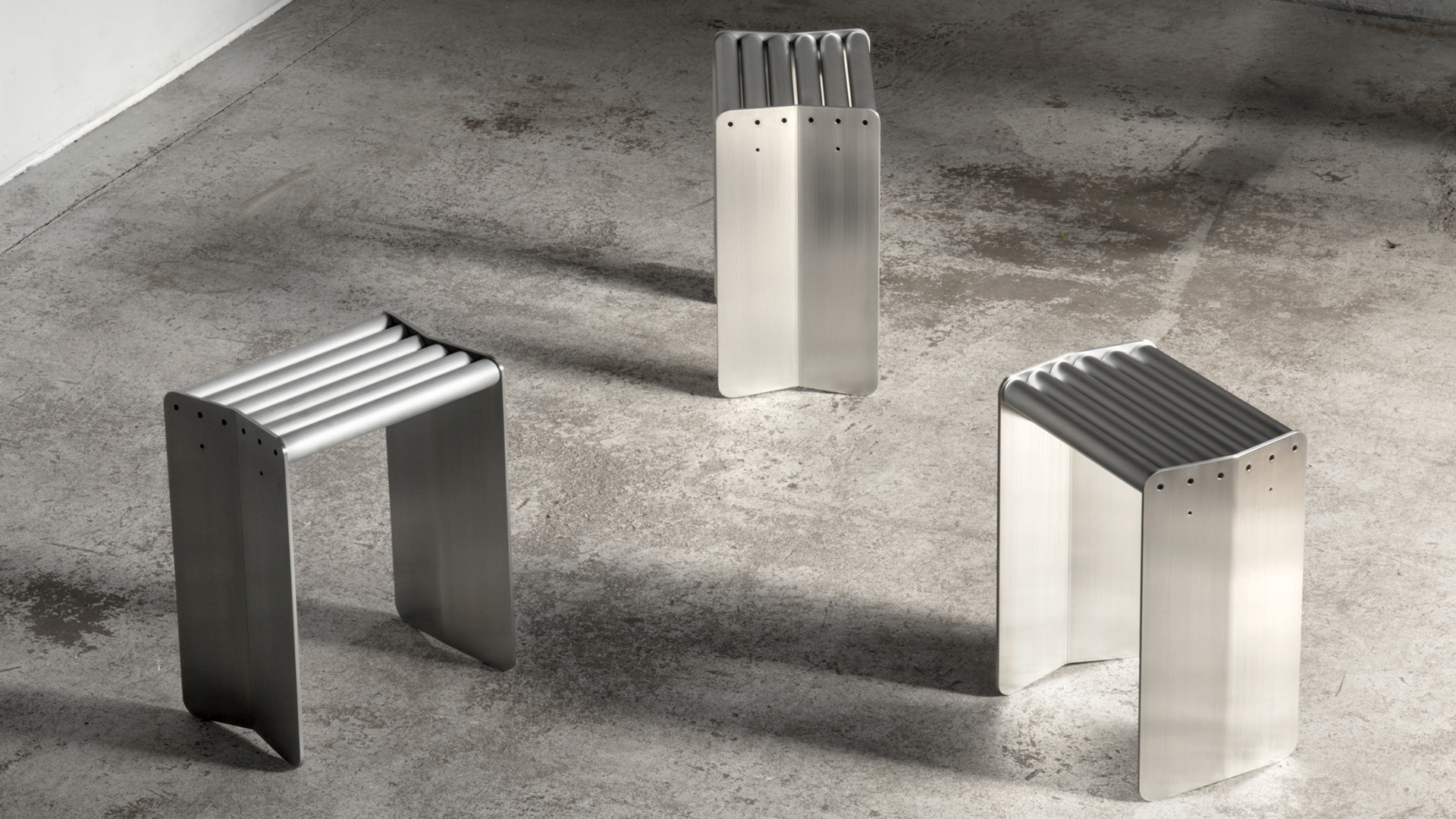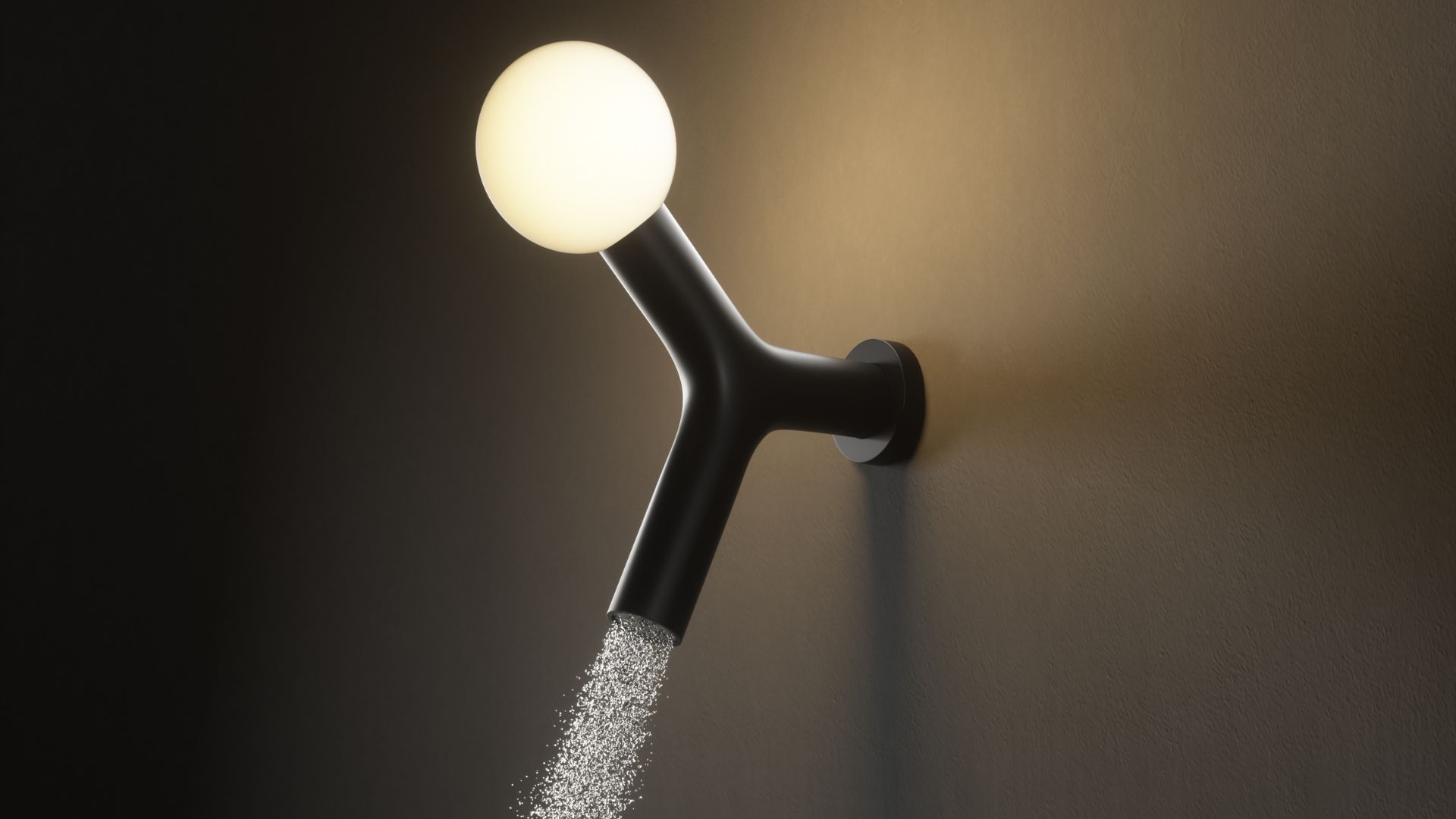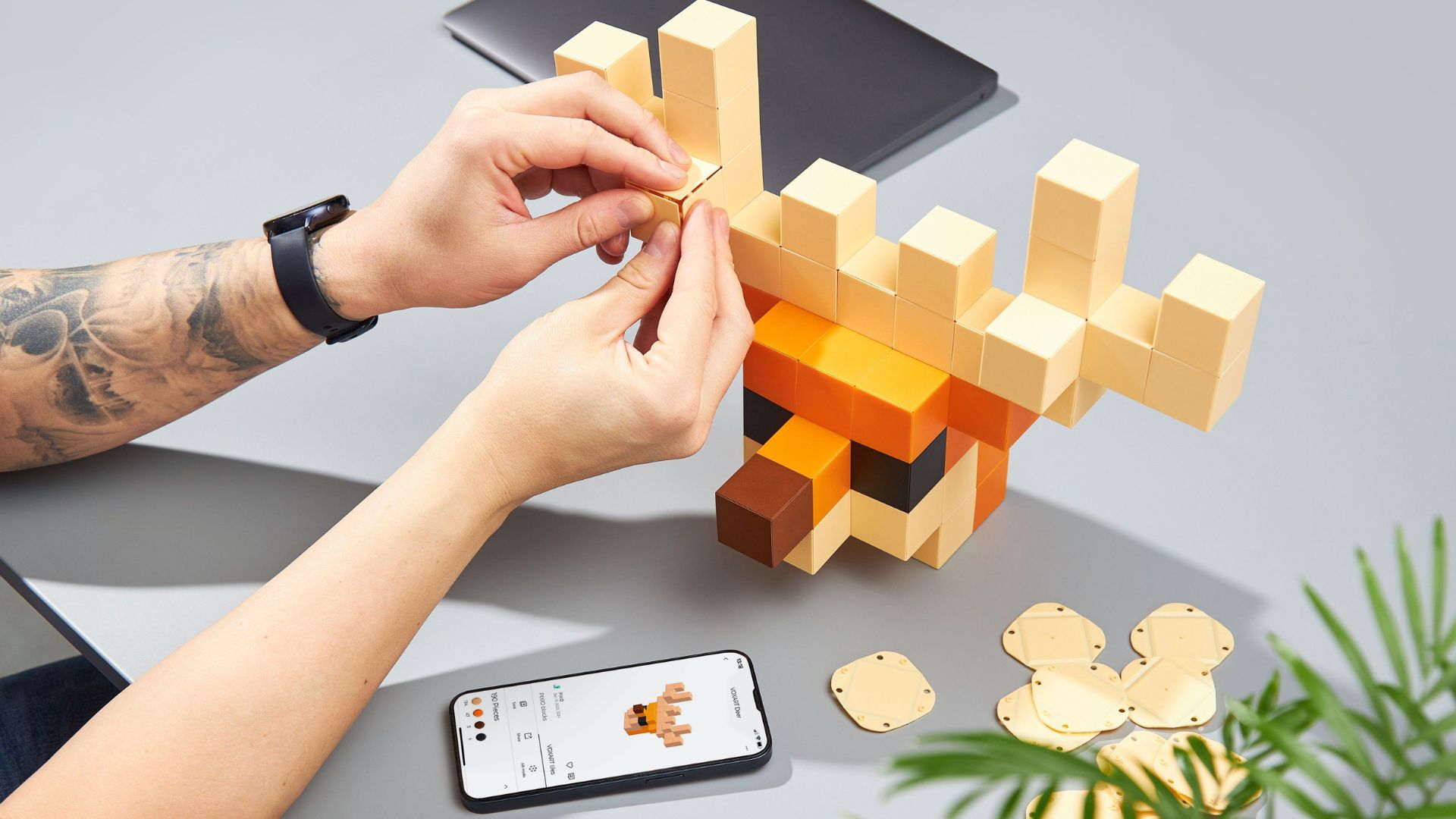“WAKE THE F*CK UP!” and start designing for all
“As designers, we have more power than we think.” Max Masure is using their voice and their expertise to advocate for trans rights and create more inclusive systems.
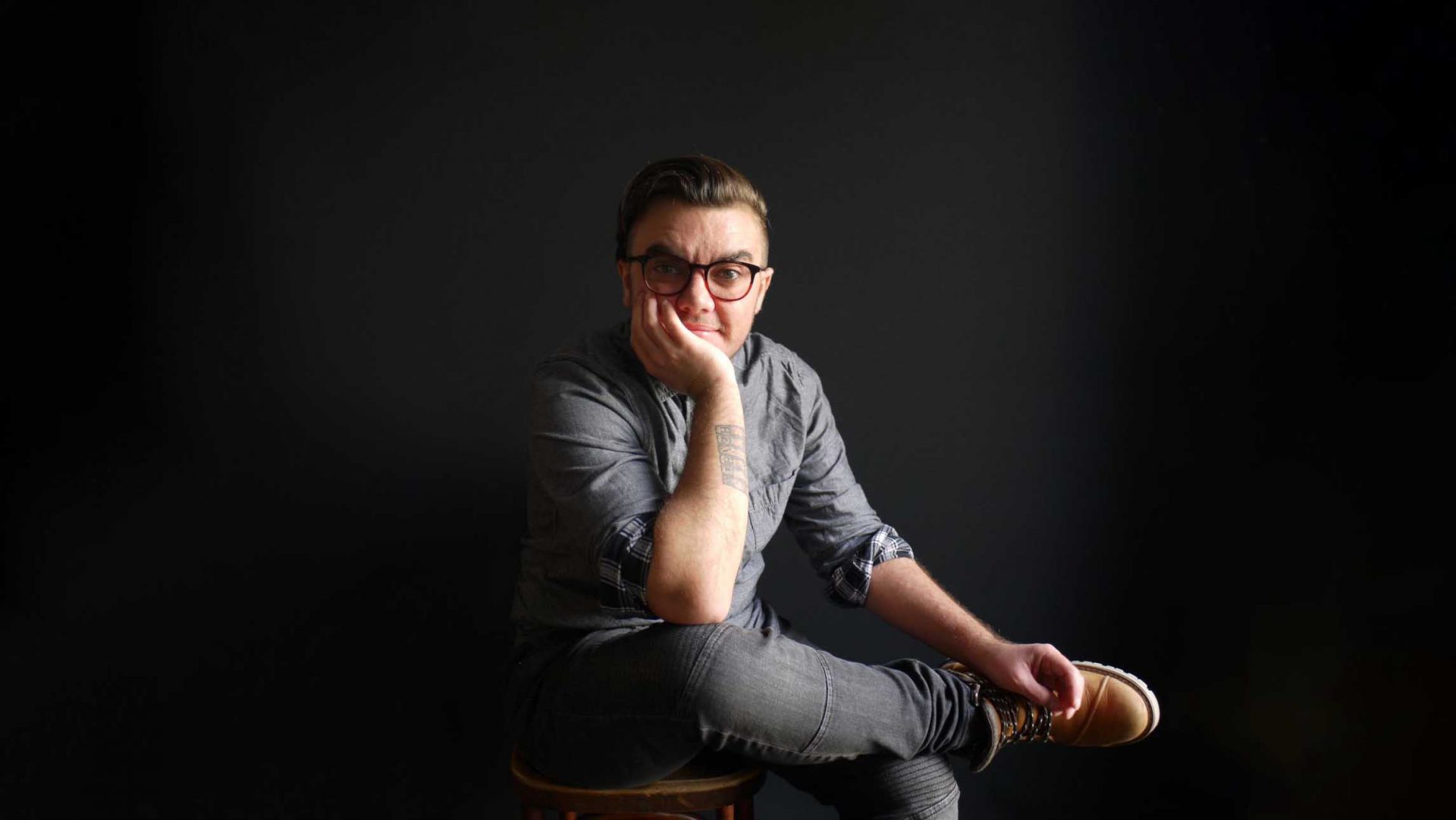
We talk to Max Masure, ‘a white, mostly non-disabled, transgender non-binary queer person’. This is how Masure defines themselves, and this is the approach they are adapting in their practice. They work as an Ethical UX Researcher, Inclusion Consultant, Author, and Public Speaker, and aim towards trans inclusion, inner power and cultural change. They co-founded Argo Collective, where they design and lead trans and gender inclusion workshops and training in tech companies.
Named one of the most influential leaders of DEI in 2019 and 2020 by Hive Learning, Masure has experience working with large organizations, such as the United Nations on its efforts to improve engagement on its Sustainable Development Goals, and Doctors Without Borders on a training to better serve its employees and donors.
Gallery
Open full width
Open full width
Who is Max Masure? How did your journey in design begin?
Max Masure:
“I am Max Masure (they/them). I am an Ethical UX Researcher, DEI Consultant, Author, and Public Speaker. I believe in ethics, human-centered and nature-centered design, community-led initiatives, and the liberation of underserved communities. I am a public speaker and I regularly talk about trans inclusion, inner power, ethics, and transformative culture.
I am releasing a book about impostor syndrome and inner power in 2021. I started my career as a graphic designer but quickly realized that I needed to be involved early on the strategy. I became a UX Designer, Service Designer, before focusing on ethical UX Researcher in the last years.”
Impacting the healthcare industry as well as the civic tech field, why focus on Ethical UX Research and Inclusion Consultancy?
Max Masure:
“I came out as trans in 2017 and it changed the way I imagined my career. I became an advocate and activist for trans rights applied to tech. As designers, we have more power than we think. What we design impacts people and communities. We should ask ourselves: “Will it harm or support underserved communities?” Often, it feels that change is impossible but it is only impossible until we make it happen.”
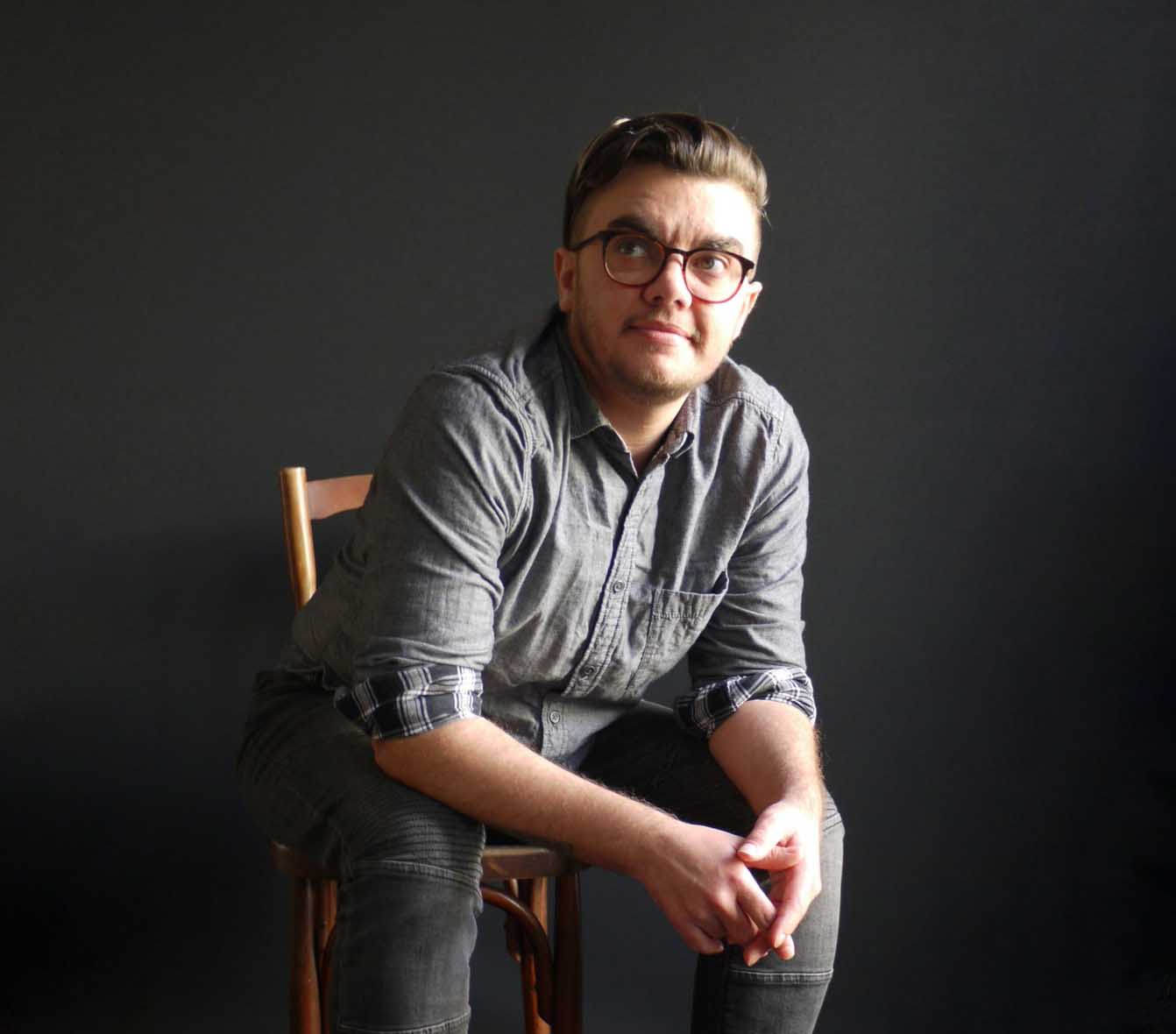
Out of the deep desire to make the world a safer, more equitable place for people of all underrepresented genders and identities, you co-founded the Argo Collective. How did you merge professional expertise and lived experiences within this reality?
Max Masure:
“After a specific incident where I felt unsafe as a trans person in a public space, my designer brain kicked it and I started to imagine a service design workshop where people would be guided to design inclusive products and services. I was doing workshops for many years and it felt natural and powerful to apply service design to inclusion challenges.”
Your product design practice is based on healing and empowering individuals. Which main challenges do you encounter while designing to serve this scope?
Max Masure:
“As every UX Designer might experience, it is sometimes difficult to get the buy-in from folks. I deeply focus on the wellbeing and growth of individuals when I design products and services, which is not always the way leadership teams envision their business. I use a lot of my expertise in UX Research to show how customers will react positively to more empathetic and compassionate content.”
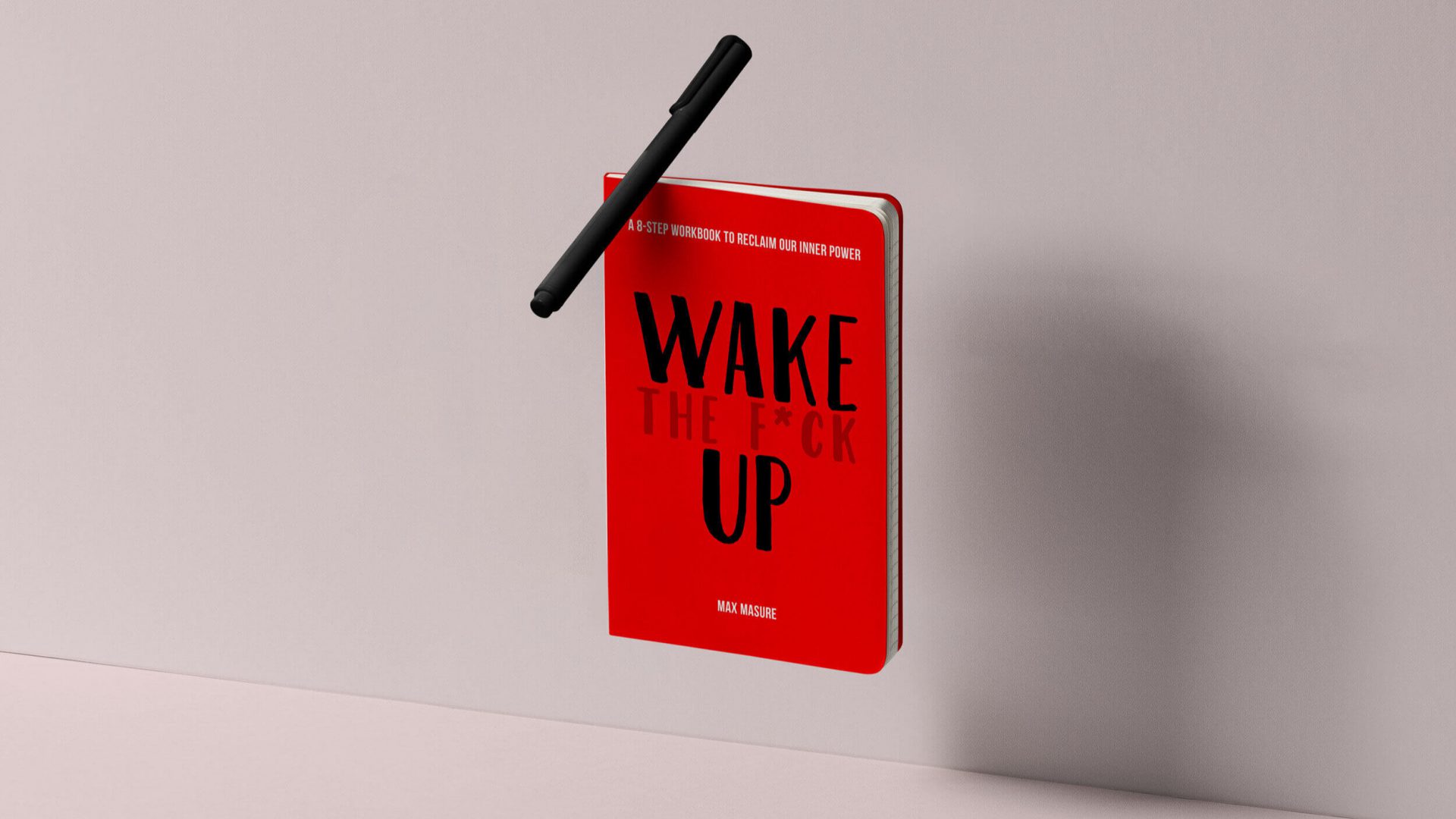
Octave is a modern practice supporting emotional well-being and for them, you re-designed the onboarding process. Can you walk us through the steps you followed, from the brief up to prototyping, user testing, and final production?
Max Masure:
“The main work was to get the whole team on board with the redesign. That’s why I started with a full team workshop to map out the current user journey from seeing an ad online to coming to their appointment with a therapist. I needed the expertise from each department – customer service, marketing, engineering, business goals…I ran some usability testings of the current onboarding flow to understand where were the points of friction for the customers.
After sharing the insights with the team, I tested a rapid prototype (wireframes) with some people to learn which assumptions were correct. We were able to launch a final product with confidence and we received great reviews of the new flow.”
In your opinion, is the design field inclusive? How can this field be a better ally to all underrepresented genders and identities?
Max Masure:
“The design field is still predominantly cisgender, white, and male. I can see events and school programs with topics like “Designing for happiness” while we are still leaving a lot of users out of critical services, like benefits or access to housing. When we design a product or a service, we need to test our flows with a persona who is using the pronouns they/them to see if we built our solution with unchecked biases.
The two practical actions I can recommend are to add pronouns on your Linkedin, email signature but also on your designs. We need to use inclusive forms where we ask for pronouns, and we do not ask for gender unless there is a good reason behind it – and explain this reason to the users.”

Which piece of advice would you give to a person in the design field eager to fully embrace the values of Inclusivity? What steps and considerations should a designer take in order to design inclusively?
Max Masure:
“I would recommend mixing yourself with different types of people you usually hang out with. Embracing diversity in our relationships has a big impact on how we see the world and how and for who we design. Ideally, design and engineering teams should be representative of the diverse type of identities the world has to offer (different race, gender, age, ethnicity, disabilities, religion…).
Also, sharpening our tools by challenging the way we design forms, onboarding, interactions, and problem solve in order to have a design system that is more inclusive in the long run.”
Currently advising the Service Design Network Organization as a founding member of their Diversity, Education, and Inclusion Taskforce, what comes next for Max Masure?
Max Masure:
“As being part of the Blue Ridge Labs Robinhood fellowship 2021, I launched a new project led by the talented Wenimo Okoya called The Healing Schools Project. Our Dream: Pay educators of color to bring community care (co-care) practices to their schools and support each other. I am also consulting in UX Research and Inclusion with the inclusive agency Jack Strategy. And I am working on releasing my workbook about impostor syndrome and inner power in the Fall of 2021 as well as launching new Impostor Syndrome workshops.”






